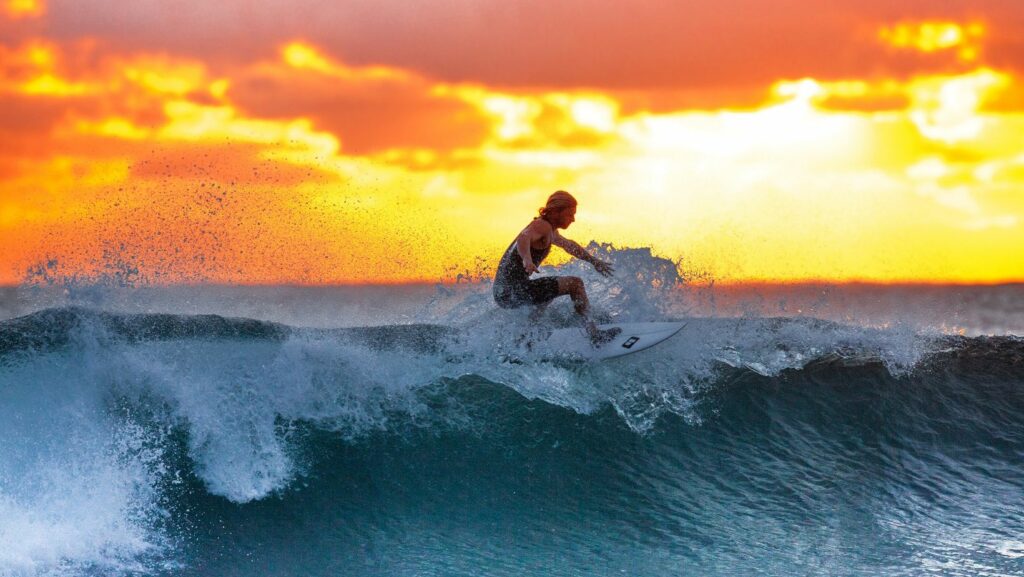What is a Crest?
A crest is the highest part of a wave. It is formed when the wind blows over the ocean surface, causing the water to swell up and form a ridge. The size of a wave crest depends on the strength of the wind and the distance it has blown across the water.
What is a Wave?
In the simplest terms, a wave is a disturbance that travels through space and time, usually with a transfer of energy. Waves come in two basic types: transverse and longitudinal. Transverse waves, like those created when you shake a jump rope up and down, move perpendicular to the direction of the wave; longitudinal waves, like those created when you shake a slinky back and forth, move parallel to the direction of the wave.
What is the Difference Between a Crest and a Wave?
- Crest: The highest point of the wave.
- Wave: The wave itself is the energy that is moving through the water.
We are Riding Along on The Crest of a Wave
A lot of people think that riding the wave is all about luck. You either catch a good wave or you don’t. But the truth is, there is a lot that we can do to make the most of riding the wave.

First, let’s look at what causes waves. Waves are created when the wind blows across the surface of the water. The wind transfers its energy to the water, and this energy is then passed on to the wave. The amount of energy that is transferred depends on two things: the speed of the wind and the distance over which it blows.
This means that we can influence the size of waves by changing either or both of these factors. If we want to catch big waves, we need to look for areas where the wind is blowing hard and over a long distance. This is why surfers often travel to places like Hawaii and Australia, where the conditions are ideal for creating big waves.
But even if we can’t change where we are, there are still things that we can do to increase our chances of catching a good wave. When you are out in the water, pay attention to the direction of the wind and try to position yourself so that you are perpendicular to it. This will give you the best chance of catching a wave. And when you see a wave coming, paddle hard to get into position and then pop up onto your board as quickly as possible.
Riding the wave is all about timing, technique, and practice. But with a little bit of effort, anyone can learn how to ride a wave and enjoy this exhilarating experience.

What are Some Things to Consider When Riding the Wave?
When it comes to “riding the wave,” there are a few things to keep in mind. Here are a few tips:
- The first thing to consider is the size of the wave. if it’s too small, you might not make it all the way to the shore. If it’s too big, you might wipe out. Look for a wave that’s just right.
- Second, consider your speed. You want to make sure you’re going fast enough to catch the wave, but not so fast that you can’t control your board.
- Finally, watch for other surfers. You don’t want to collide with someone else or get in their way. Be aware of your surroundings and be respectful of other people in the water.
